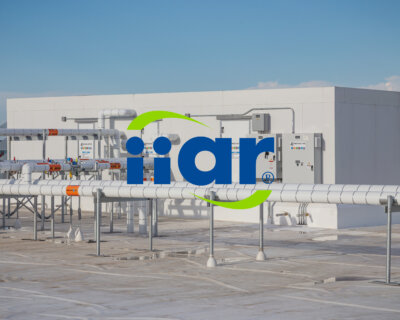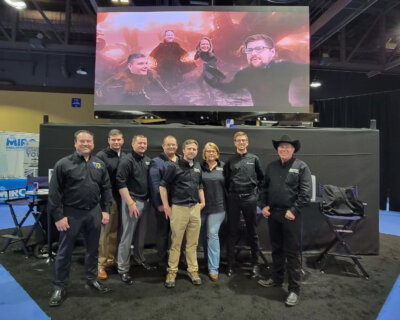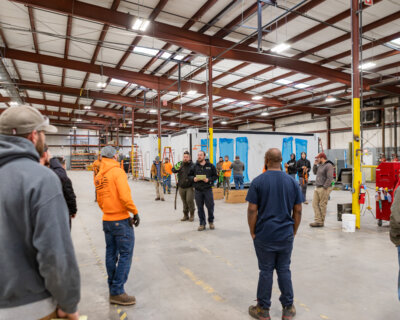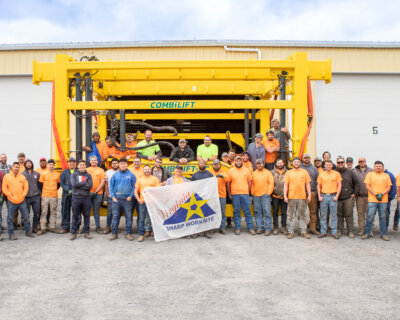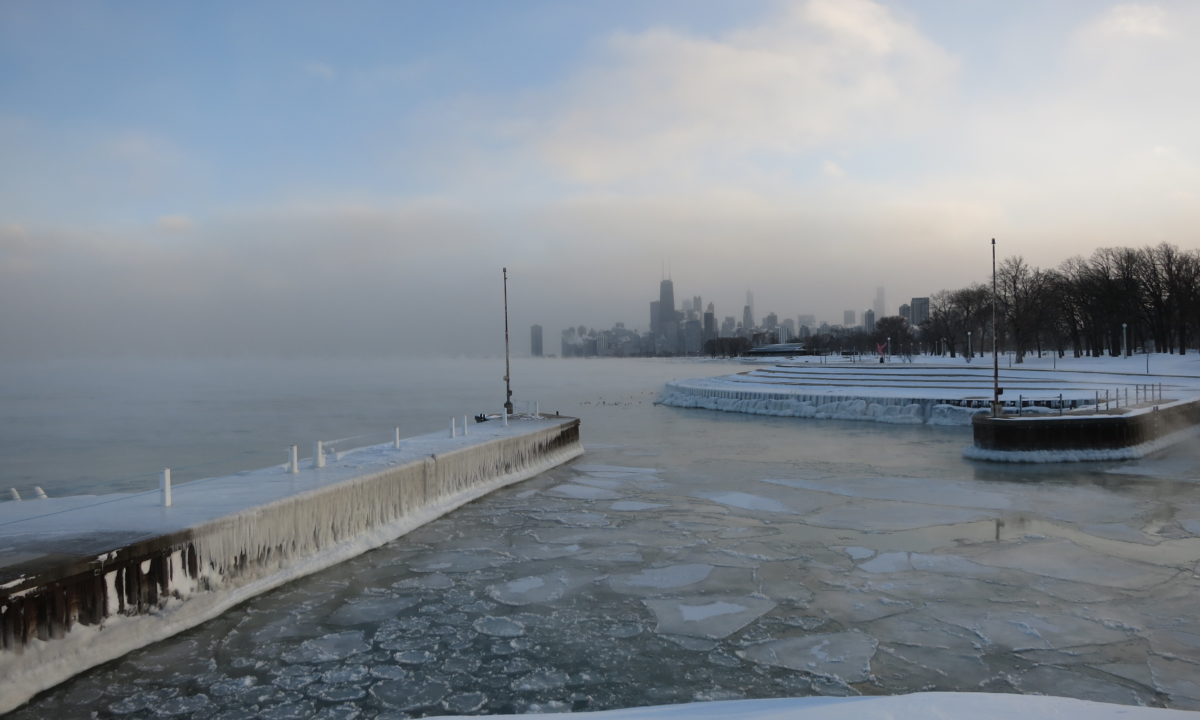
Why Polar Vortex Makes Refrigeration Difficult
You could be forgiven if you thought that the industrial refrigeration sector was actually cheering on last week’s Polar Vortex cold snap. After all, the winter anomaly set new records for cold weather across the Midwest, with six states recording temperatures colder than the South Pole on Wednesday. Brrrr!
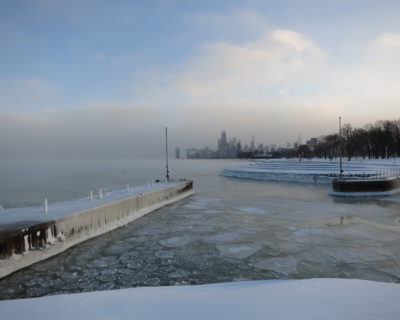 Chicago, during the Polar Vortex Storm of January 2019
Chicago, during the Polar Vortex Storm of January 2019
Ironically, extreme cold like the US experienced last week actually makes it harder to keep food & other materials cold. In general, a colder outdoor temperature (the “ambient temp”) reduces the amount of load on a cold storage facility. However, if the temperature plummets too low — as it did with last week’s vortex — it creates operational problems at certain steps of the cold storage process, and those must be rectified through temporary engineering controls or other solutions.
Many of our clients have an on-site staff that is responsible for transporting goods into or out of the building. Our systems keep everything cold, but some human control is usually still required to physically move products. That human element starts to get awfully challenging when it’s cold enough for workers to succumb to frostbite in a matter of minutes.
To combat this problem, many facilities elect to run heaters at their docks to protect employees.
Extreme cold can cause mechanical problems, too. For one thing, winter weather is always a threat to freeze a pipe and its contents, so preventing pipe bursts is always a chief concern. Heat tracing plays a key role in keeping this equipment operational.
For temps as low as we saw last week, even something like keeping the compressor oil flowing is a concern. Oil doesn’t necessarily freeze, but at very cold temperatures, it becomes more viscous and ineffective. We recommend immersion heaters to keep everything flowing.
How the weather affects refrigeration equipment is maybe the most fascinating problem of all. There isn’t much ambient load when it’s 20 below zero outside, but eventually, a refrigeration system will need to remove generated heat from inside the building, whether it’s generated by humans, machines, or other sources. The problem here is that condensers have to maintain a minimum threshold discharge pressure, and extreme cold can cause that discharge pressure to plummet.
As crazy as it sounds, extremely cold ambient temperatures may actually end up warming a facility.
Fortunately, our clients have the reliable know-how of the Innovative Service Staff at their beck and call. Because so many of our clients choose to extend their partnership with us after we design & build their refrigeration system, our service department is uniquely qualified to monitor problems and advise customers. We fielded a number of calls from the Midwest last week and helped keep dozens of facilities at their own personal Goldilocks temperature — not too warm, not too cold!
Mother Nature definitely threw the refrigeration industry a curve ball last week, but we don’t mind. Innovative loves a challenge!


